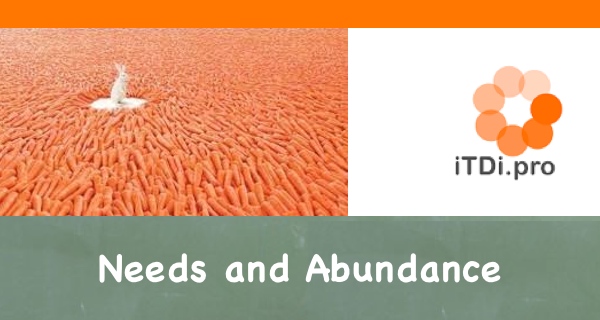 by Faten Romdhani
by Faten Romdhani
The whole educational scene has been altered by the digital age and it has affected the teaching and learning processes, to a very large extent in some “developed” areas and to a very small scale in some “developing” areas of the globe. The challenges facing English language teachers nowadays in the developing world are becoming more visible, especially when we can see a wave of tablets invading classrooms as official, school supplied learning devices…classrooms in which ours seem like the only exception. The setting where I and my coworkers teach is not following the same trends as those in “developed” areas. Have our classrooms been furbished to suit the hopes of the “screenagers” or “Gen Y”? The answer is absolutely NO. The space, the classrooms, the whole setting of the learning experience is pretty much the same as the setting in the early years of the 20th century.
We crave, as teachers and as learners, for a “creative”, “innovative”, “dream-like” space, with the necessary equipment (easy access to data, posters, comfy and colourful seats). Though there are moments when we feel like we’re swimming against the tide,we are not giving up on our rosy dreams. If the space does not match the predilections of the screen-agers, then attending school will feel like a burden to many of our learners. So in my school, the teachers bring their own laptops to class so as to help meet the needs of the screen-agers and adopt a teaching style which leads to higher levels of engagement.
And then there is the challenge of how to make use of the mobile devices the learners themselves bring to school. There is staggering pressure to allow the use of these devices in class. At my school we know that mobile learning does indeed need to be part of the teachers’ action plans. If it’s not included, learning is hindered by the students’ desire to use these devices which they rely on outside of class. In my school, and in my classes, we use these mobile devices in ice-breaking, warm-ups, and shorter classroom activities. Unfortunately, once in the students’ hands, learners tend to use these mobile devices to check social media and other activities which hinder learning. We need to gain more expertise in dealing with these issues. We need to understand if and how our students’ multitasking skills can be used drawn upon to facilitate as opposed to undermine classroom learning.
All this said, the success of teaching does not depend upon wholly on an inspiring, high tech space. We are blessed with students of talent. But fostering their creativity and creating opportunities for students to share it with the class and the wider world takes a bit of courage on the part of the teacher. It is not easy to help learners discover their talents, empower them to be better learners, love the learning journey and ignite the spark in them. That is why, in spite of lack of technology and other difficulties, teachers in my country must be “hope mongers.” We must learn to grow the seeds of hope that rest in every student, even in hindering and frustrating situations. Throughout the years of my teaching, 16 years so far, many of the students who said they couldn’t write a few lines of poetry later proved themselves wrong and relished the experience of writing their own poem. From experiences like these, I’ve learned that the success of the teaching process, which is always relative, depends on the teacher-student partnership, a partnership which is only modified, but rarely fundamentally changed by the level of comfort or technology in the classroom. This relationship can be discovered through answering two questions: How well do the teachers and learners trust each other? Are the learners and teachers ready to partner in the learning-teaching process?
Trust should be mutual. If I trust you, I can understand you in your most difficult states, and I will have faith that you are doing your best to help me explore new lands. If I trust you, I know that no matter how tough it may feel, we will make progress on our intriguing journey of learning, a journey for both the teacher and the learners. With trust, both students and teachers can admit that failure is an inevitable stepping stone in the process of teaching/ learning. With trust, we can admit that the ability to fail and learn from failure is what distinguishes “warriors” from “mere passive recipients”, “dreamers” from “doers”, “builders” from “watchers.” But to make this happen, trust must also exist between teachers as well as between students and teacher. I strongly believe this trust allows teachers to collaborate more, and most importantly, to break free from the shackles of “outmoded” coursebooks. Collaboration and creativity is how we can engage our students and inspire them to aim higher.
“From the ashes of disaster grow the roses of success.” Challenges are here to make us grow stronger and more determined. Challenges are invitation to dream bigger dreams. The majority of the students in my school are creative, caring and supportive. And what allows me to see and foster this beauty in my students even in our challenging environment, is the collaborative spirit I have with my fellow teachers. Everyone is willing to lend a hand when need be. We are a group of teachers, who despite all the challenges, do not fail to listen to each other’s worries, do not fail to suggest ideas. We continually trust in one another, trust that we can and will build stronger relationships and uplift each other’s morale when facing hardships. Despite all the challenges, the lack of equipment, ‘hope for a better tomorrow,’ is a motto for everyone in our school. And this is why most of the students and teachers do not fail to prove to be highly creative and innovative, if they are given the chance.








